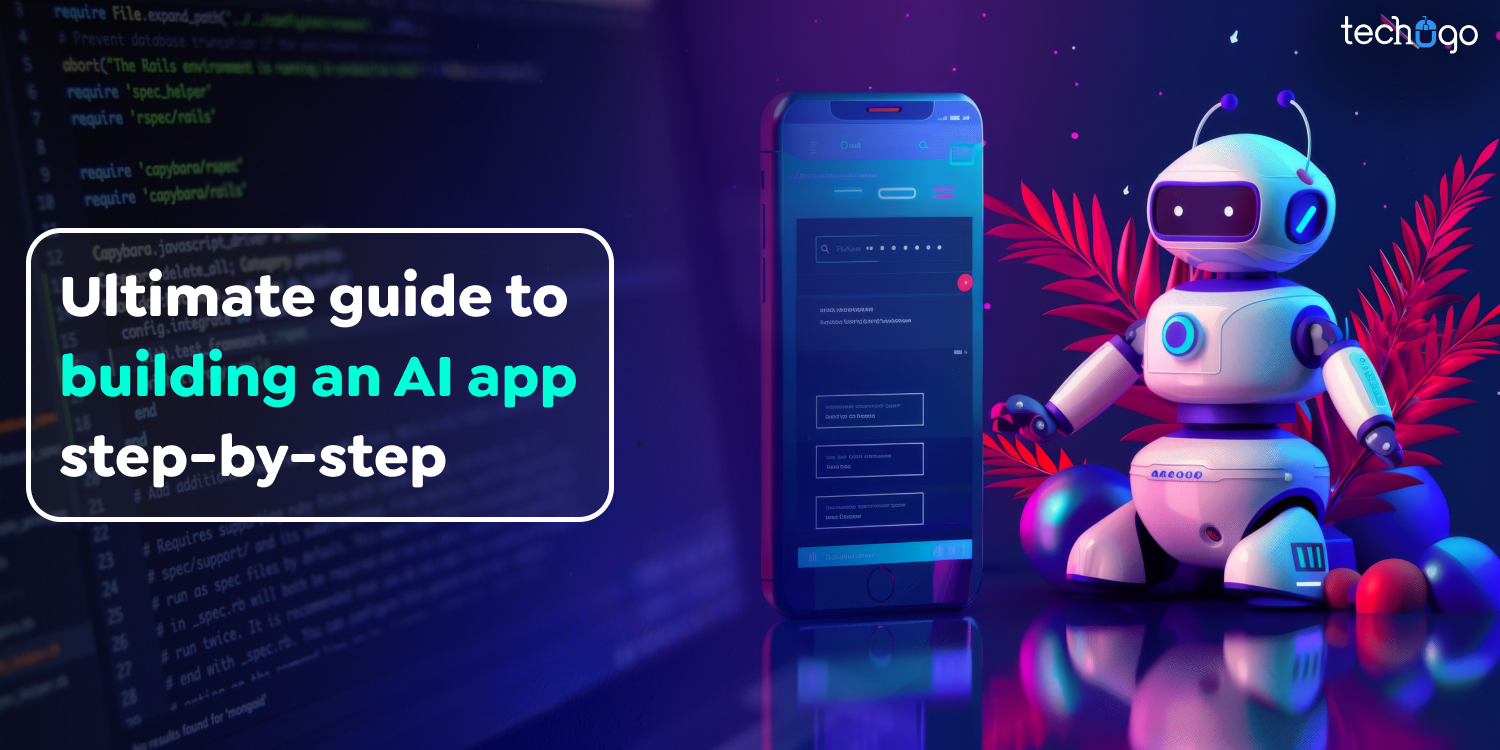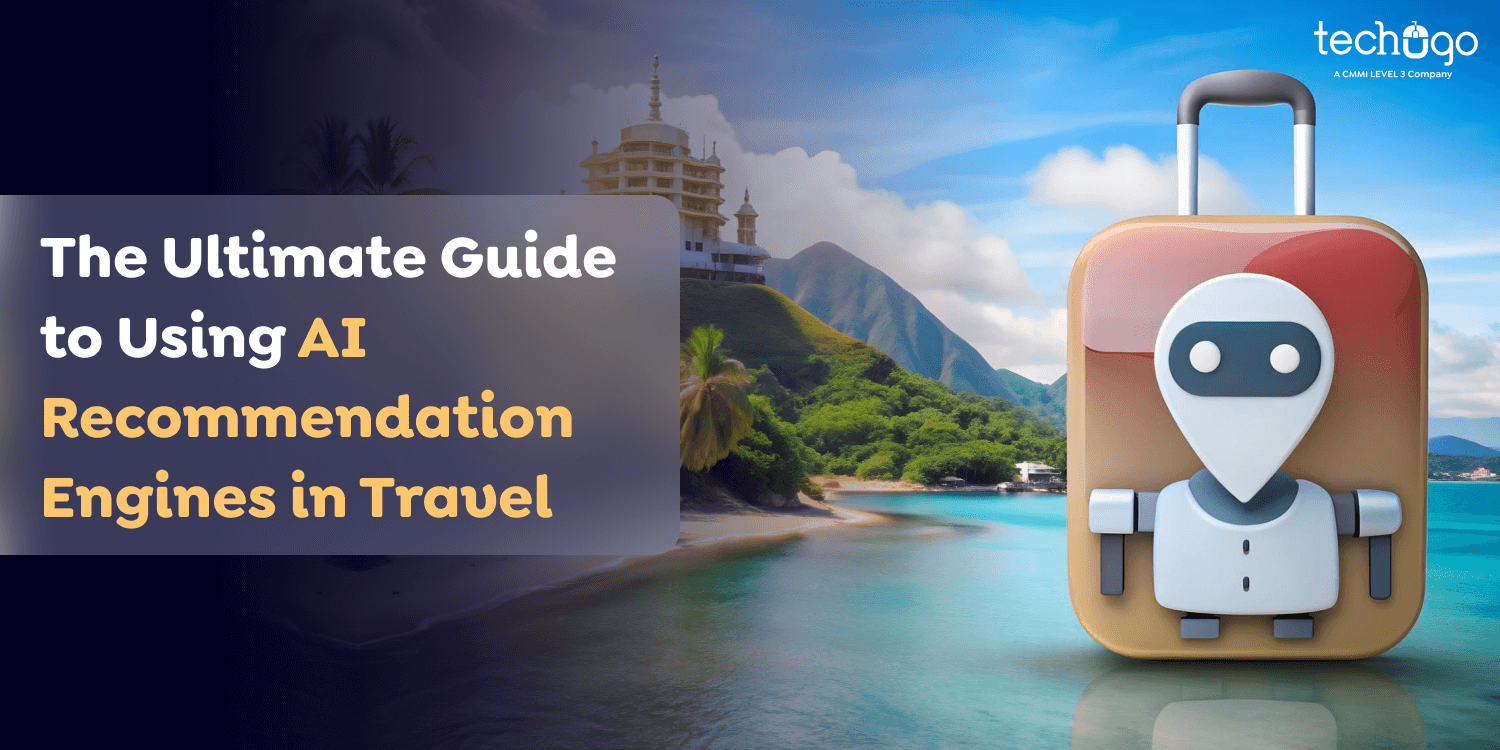26 Sep 2024
Updated on January 31st, 2025
How to Create a Facial Recognition App: A Comprehensive Guide
Matthew Connor
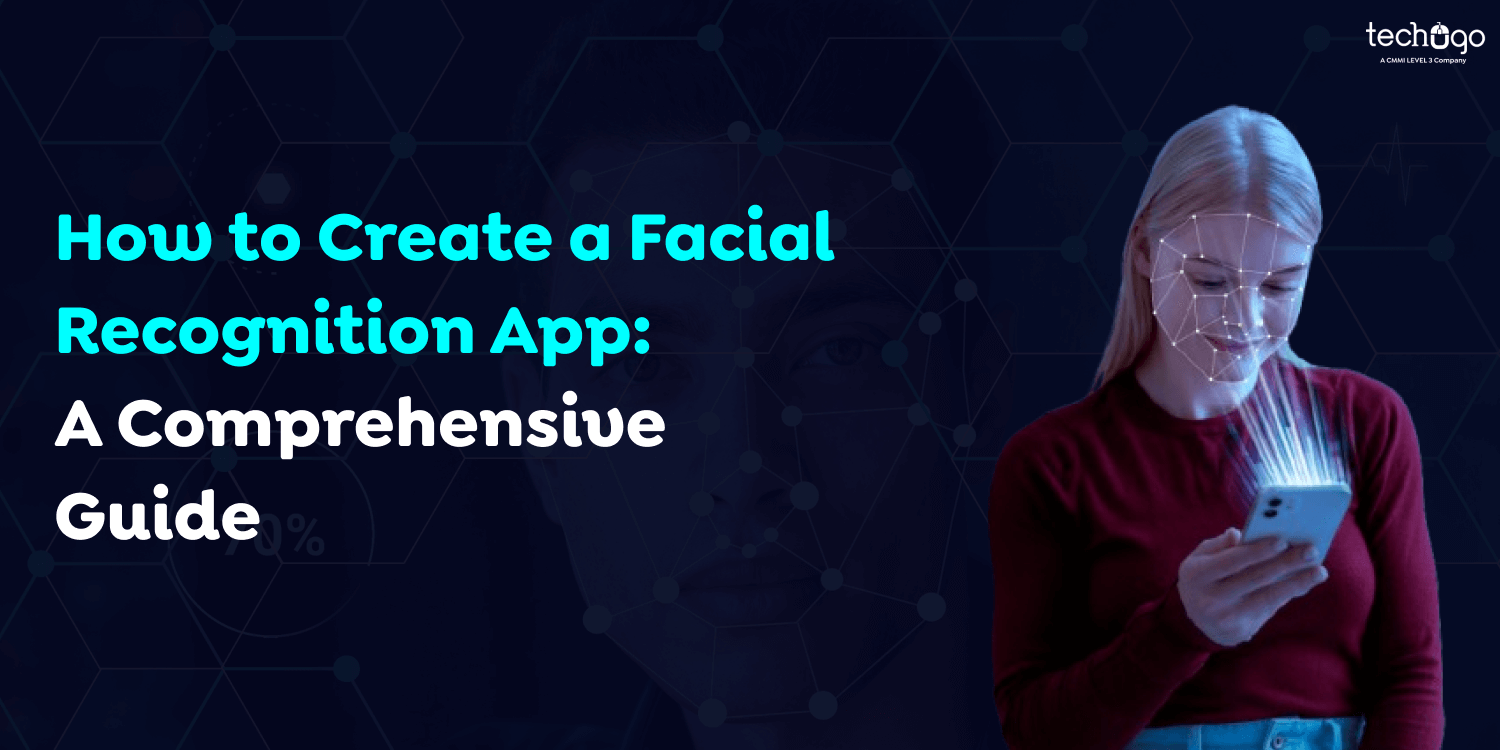
With the rise of biometrics in the last few years, the world has witnessed significant advancements in facial recognition applications. The market for facial recognition technology is predicted to expand by 14.8%. This is among the most rapidly growing biometric technologies. Face recognition technology has advanced in recent years to assist in stopping false arrests, detecting those suffering from genetic disorders, and reducing the rate of cybercrime and malware attacks. Face recognition app benefits are endless.
In the mobile application development world, it’s being utilized for retail and fleet management apps, surveillance and security apps, and various other applications. Face recognition is a popular feature for mobile apps because it enhances user experience. Therefore, companies across sectors incorporate facial recognition into their applications and programs. Suppose you plan to create facial recognition software or incorporate FRT into your company’s mobile application. In that case, you’ve found the correct place.
If you are looking at the latest trends and decide to join them, this is the perfect time to take advantage of the opportunity. Read this comprehensive guide on how to create a face recognition app.
What Is Facial Recognition Technology?
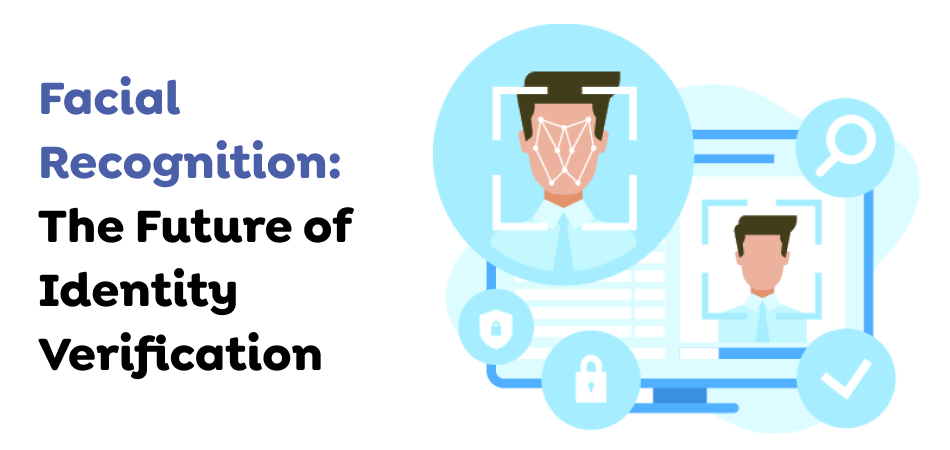
Face recognition is a method of identifying or confirming one’s identity using an individual’s face. Apps for facial recognition can be utilized to recognize the identity of people in videos, photographs, and at any time in real time. The recognition of facial features is one aspect that is biometric secure. Many use it to authenticate users using ID authentication services since it plays a part in biometric security.
In addition to facial features, biometric software comprises fingerprint recognition, voice recognition recognition, and the eye’s retina, also known as the iris. But facial recognition is seen as the most natural of the biometric tests. Face recognition is a form of AI which mimics human’s capacity to detect human faces. For example, when a person recognizes faces, the software for facial recognition detects facial characteristics. It generates patterns of facial characteristics to recognize or group the face.
Most people have heard of face recognition technology because of the FaceID that is used to open iPhones. Most of the time, facial recognition is not dependent on an enormous photo database to verify a person’s identity. It simply recognizes the person who is the sole proprietor of the device while restricting access to others.
Beyond unlocking phones and smartphones, facial recognition compares the facial features of those passing by cameras to photos of those on a watchlist. Watch lists may contain images of any person, even those who aren’t suspected of having committed any offense. The images could be sourced from any source, including social media profiles.
Also Read: How an AI App Development Company Drives Innovation in Mobile Applications
How Facial Recognition Works?
![]()
The process of facial recognition consists of four steps: photo capture data extraction, face analysis, and match. First, the software takes a picture of a person. Then, it extracts the necessary information, compares the patterns to the ones stored, and decides on the matches. The precise workings are the following:
Capture
The procedure begins with the facial recognition system taking an image of a person’s face, which is the principal source of information for the analysis. Various tools, such as camera phones or pictures stored in the system, gather information about the visual image required to determine the person’s identity.
Extraction
After the stage of capture After the capture stage, the system extracts vital facial features and patterns from the images. The process involves sophisticated algorithms that examine the photos to discover unique facial characteristics and features specific to a particular face of the person. Utilizing sophisticated techniques to process images, specific information is extracted and compiled for comparison.
Comparison
When facial features are considered, the system examines them using the existing information stored inside its database. This exact procedure matches the extracted features against the previously recorded facial features by analyzing similarities and differences and determining potential matching or discrepancies.
Matching
The final step is when the system completes the recognition procedure by identifying an appropriate match in the database, should there be one. If it finds a suitable match, it provides appropriate information to the person who made the request. This final stage marks the conclusion of the process for facial recognition, providing users with relevant information in light of the matches it has identified.
Also Read: Guide to Building an App Like Ask AI: Costs, Features, Development
Advantages Of Facial Recognition Applications
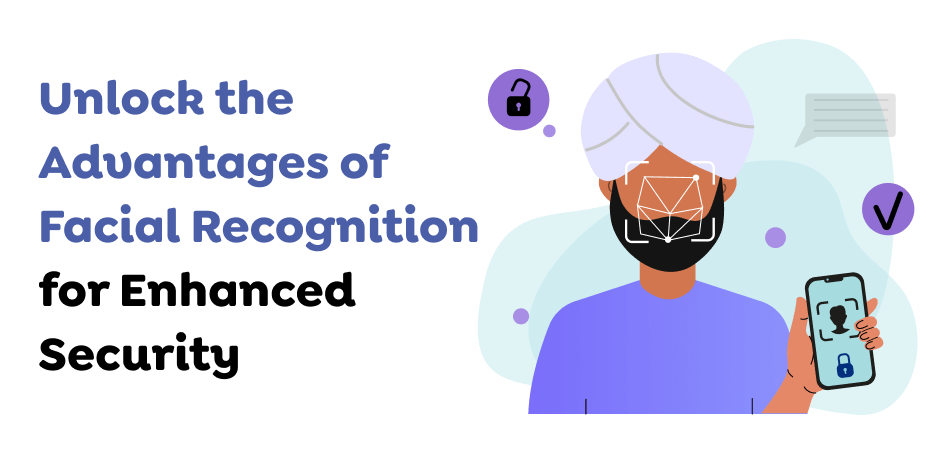
Proponents of implementing facial recognition technology in corporate environments affirm that facial recognition technology offers numerous advantages. These are the most important benefits:
Increased Privacy For Users
Many people who support facial recognition prefer to include the technology in their app’s list of features due to the extra security layer it provides. This means that face identification features offer additional security and decrease the possibility of data belonging to people and their digital properties being stolen or used for nefarious purposes.
It’s essential to remember that facial recognition cannot be manipulated using images of an individual’s face. The reason for this is that most applications utilize 3D modeling and, as such, do not respond to 2D pictures.
Easier Transactions
Face recognition software makes it much easier for mobile shoppers to conduct transactions in-app (as well as transactions done on the go). Android and Apple gadgets allow users to display their faces to confirm a purchase rather than needing to remember or type in passwords before buying something.
A diverse range of applications (from games to shopping apps) will benefit from facial recognition when purchasing items in-app. The more convenient the process is to make purchases (whether it’s an actual product or digital), the more likely they are to make purchases. This, in turn, will result in more significant profit for the app’s developer.
Speedier Service
In replacing the current identification procedures using face recognition, companies can simplify the process for clients to utilize the products. Face recognition software app will also help transition towards a digital-first experience, removing customers’ requirement to use the service physically to attend an event.
Superior Customer Experience
To continue the earlier aspect, facial recognition enhances the standard of service to customers, specifically within retail or healthcare. In particular, by recognizing who goes to a particular store and analyzing their purchasing preferences, retail stores can alter their offerings at any time to meet the client’s requirements. For healthcare, face recognition is also a great way to aid in the creation of personalized care plans.
Making Accessibility More Simple For People With Disabilities
Visually impaired people widely use applications that recognize faces. Integrating your company’s operations with facial recognition will make your services more accessible. For instance, instead of going through the authentication process, such as using a password or filling out forms, visually impaired customers take part in a facial scan before utilizing services.
More Effective Advertising
Face recognition tools can help companies gain insight into their customers. A face’s expressions give valuable information about what people think about a particular service or product. Facial recognition makes it much easier for companies to study their customers’ reactions and evaluate how they perceive their offerings or products.
It’s not just helping companies build a stronger connection with their clients; it also allows them to improve their offerings for the future. Companies can use their evaluations of customers’ reactions to determine which items, services, features, etc, resonate the best with customers. Then, they can help more people move ahead.
Must-Have Features In Face Recognition App
The fundamental function of the app that recognizes faces is the ability to identify people based on characteristics such as unique identity and identities. Face recognition apps include finger verification, hand geometry recognition, eye recognition, speech recognition, fingerprint recognition, and card recognition.
Multi-Verification Methods
Face recognition app boasts flexibility, with the ability to support a variety of authentication methods that allow for ad-hoc adaptability to users’ diverse preferences. From traditional eye and fingerprint recognition to more sophisticated hand geometry voice card and signature recognition. The application offers an extensive array of options for each user’s preferences, making it a flexible and easy-to-use solution.
Multiple Face Readability
It was designed to fulfill the requirements of companies with increasing employees. The app’s multi face readability feature can handle as many as 10,000 faces at once, which is extremely beneficial for large companies or institutions. It offers effective face management using a large LCD display. This allows for seamless detection and tracking of persons when there is a lot of traffic.
Live Facial Recognition
The application’s Live Facial Recognition feature utilizes modern technology. Numerous camera feeds continuously look at faces and compare them against an established identity database. Real-time technology increases security by proactively warning administrators when a match facial image is found. It is a valuable instrument for monitoring security, access control, and event surveillance.
Multiple Modes Of Facial Recognition
In addition to enhancing security, it supports three different facial verification options: face, card, or a mix of both. Multi-mode technology allows users to customize the verification process to their specific security requirements. It adds an additional security layer, enhancing the system’s security against fraudulent access attempts.
Remote Upgrade Capability
The application includes a remote upgrade function to meet the requirements of smaller companies and startups. The feature lets users upgrade the software seamlessly via integration into the application’s interface. Remote upgrade capabilities ensure that companies are updated with the latest technology and security upgrades without the requirement for physical intervention. It saves time and energy.
Cloud-DB Approach
To address scalability issues, the app implements an approach called Cloud-DB. It allows the application to handle an increasing number of people in the database and gives users the option of upgrading the limit to 20,000 faces or greater. Cloud technology ensures it can handle the growing data volumes efficiently, resulting in a practical solution that will adapt to an organization’s changing demands.
Also Read: The Ultimate Guide to Location-Based App Development: Key Insights and Features
Steps To Build a Face Recognition App
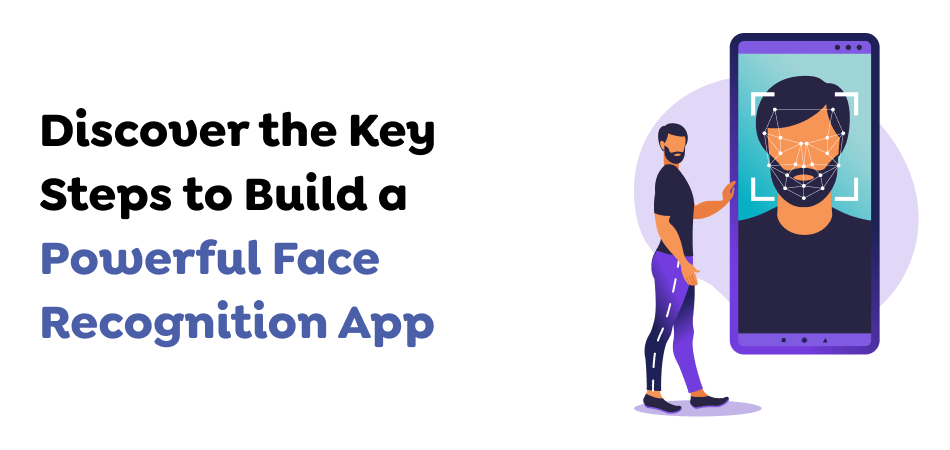
This is a step-by-step procedure for developing facial recognition apps. The steps are divided into different phases that you must adhere to.
Collect The Requirements For Your Application Idea
Conduct a thorough analysis before beginning the process of developing mobile apps. If you find it challenging to research, it’s best to consider hiring an experienced consulting company. Collect the requirements for your face recognition application idea.
Then, you’ll need to thoroughly analyze your mobile application before developing it. If you have difficulty researching your needs, it’s best to consider hiring an experienced consulting company.
Determine Your Technology Stack
The best technology stack for facial recognition differs somewhat from a technology stack used to build a conventional application. However, the technologies native to your platform will be similar for projects like Swift to build native iOS applications and Java and Kotlin for Android applications.
Hire An Experienced App Development Company
When trying to build an effective face recognition application, seek an experienced mobile app development company in Canada with expertise in creating face recognition apps. You can find a listing of the most reputable mobile app development firms in Canada on various platforms. Indeed, Techugo is also a top app development firm with years of experience working with clients in various fields.
Development And Testing
If you choose us to develop your app, the mobile application development team, comprising business analysts, will develop wireframes for your mobile app. The wireframe you create for the facial recognition application is transformed into a model to provide you with an idea of features and functions you’d like to incorporate in your application. The UX/UI design team will develop samples of designs utilizing the latest design tools.
When your app’s designs are approved on your side, the mobile application development team will begin developing the app. Experienced for years, we’ll start app development by starting from scratch and implementing various methods as well as the latest technology stack to give you the top solution. The high-quality analyst team will conduct tests to ensure your app is error-free and seamlessly runs across different mobile and desktop devices.
Launch Your Face Recognition App
After verifying the app against every device, we will launch it in the major app stores. Mobile app development experts at Techugo are aware of guidelines regarding app stores and will ensure that your app is launched in the shortest period of time without being blocked.
The steps above will allow you to create a complete facial recognition application. It is now time to be aware of the amount you’ll need to put into developing your application. So, we’ve included the following information to help you estimate what it would cost to build a facial recognition program.
Cost Of Face Recognition App Development
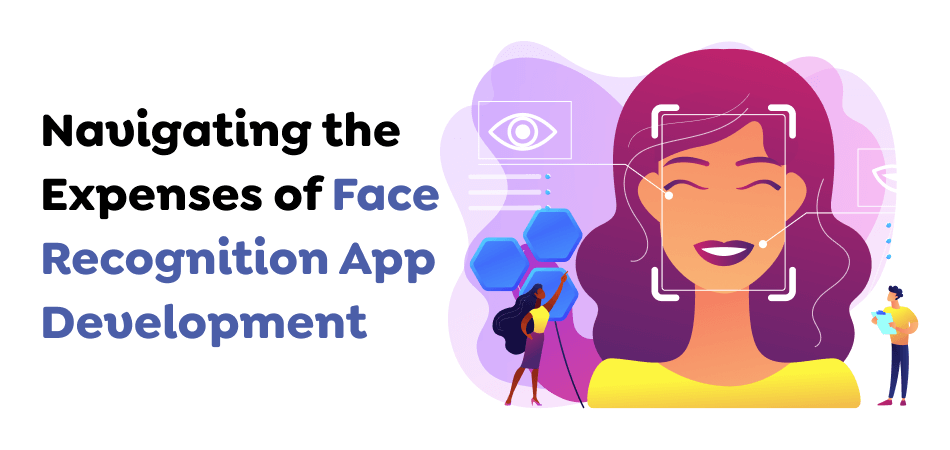
The cost to develop a face recognition app varies on a variety of factors, such as the degree of difficulty along with the specifications and finally, the application platform. Below are some approximate cost estimates. Face recognition apps that are basic and have a few features could be priced between $10,000 and $20,000.
In contrast, an application with certain advanced features could range from $50,000 to $100,000. In the end, a complicated app with advanced features could increase the cost to more than $100,000. These numbers are just estimations, but the development costs depend on each project’s complexity and needs.
Factors affecting the cost of developing face recognition app are:
Type Of Facial Recognition App
The selection between conventional algorithms and advanced deep-learning models such as Convolutional Neural Networks (CNNs) does not just affect the development complexity. Still, it can also affect the ongoing maintenance effort. The traditional algorithms might have less computational power.
Still, they could not be as precise and robust as the deep learning models. Contrarily, the models that use deep learning require significant computational resources to train and infer. This could result in a rise in infrastructure costs.
Integrated Features
The complexity involved in integrating features like real-time recognition, emotional detection, age estimation, and gender identification varies depending on the precision and performance requirements. Real-time recognition, for instance, needs efficient algorithms and well-designed processing pipelines to process the video stream efficiently.
In the same way, adding emotion detection or age estimation features may require more data for training and fine-tuning algorithms, which can impact the development cost.
Required Tech Stack
The selection of the best technology stack requires weighing aspects like scalability or performance and compatibility with third-party products. Choosing widely used frameworks and libraries will speed up the development process using already available functions and the community’s support. However, custom-made needs or performance requirements may require creating specific elements from scratch, thereby adding time to development and cost.
Location of The App Development Company
The decision between close shore, onshore, or offshore development teams requires a compromise between communication costs and cost-effectiveness. Offshore development teams usually have lower labor rates. However, challenges like difficulties with language, time zone differences, and cultural differences could influence project coordination and increase the chance of communication breakdown. Teams based onshore typically offer better coordination regarding culture and language. Still, they may be more expensive in terms of labor.
Team Expertise
Expertise and experience of the team responsible for development are essential to ensure the successful implementation of face recognition technology. The AI machine learning, AI, and computer vision experts can navigate difficulties more effectively, cutting development time and expenses. In addition, continuous courses and initiatives for professional development could be required to keep current with new techniques and the best practices.
Project Duration
The project’s duration influences development costs, time to market, and competitive advantages. Balancing the project’s timelines and allocating resources is crucial to reducing costs and ensuring prompt delivery. Rapid development plans may need extra resources to complete deadlines, potentially costing more, and longer timelines can lead to excess budgets due to extended resource usage and changing market conditions.
Add-On Features
Adding additional features to the core facial recognition capabilities introduces new challenges and issues to consider. Integration with APIs of third-party vendors, such as those mentioned above, requires compatibility tests and possibly changes to ensure seamless compatibility.
In the same way, creating customized analytics dashboards or even strong data privacy tools could take a significant amount of development time. It could impact project timeframes as well as budgets. Thus, careful planning of additional features is crucial to align with the project’s goals and budgetary limitations.
Best APIs To Implement Facial Recognition In Your Mobile App
Mobile APIs are directly linked to business growth. Therefore, if you’re looking to develop facial recognition software or even a mobile app, using an API for the implementation is ideal. APIs can help companies create innovative solutions and save money by improving AI app development company efficiency.
Below are the most effective face recognition APIs:
Microsoft Face API
The first version was released in 2016. Microsoft Face API is a component of Microsoft’s Cognitive Services. It’s based on one of the most sophisticated facial recognition techniques ever created; however, it has few restrictions. The principal attributes of the API include the detection of facial features, facial recognition, and emotion recognition.
Utilizing your smartphone app can identify and recognize like-looking faces and predict the moods associated with the facial. It is easy to take a picture within the app, which can be utilized to determine the driver’s identity by comparing it with their profile in the database. Uber secures the driver’s account through this verification. But this API isn’t without its limitations, either. The API isn’t an SDK that limits the designers’ freedom of choice and does not provide detection of ethnicity.
AWS Rekognition API
Amazon Rekognition is based on highly scalable, tested, deep learning technology created by Amazon’s researchers to analyze millions of videos and images. To utilize this, It is unnecessary to be an expert in machine learning. It’s a simple API that can analyze every video or image stored on Amazon S3. In constant search of new information, Amazon continually adds new names and functions to the service to enhance facial recognition and comparability.
Amazon Rekognition provides highly accurate facial analysis, search, and comparison features. It allows you to detect and contrast the faces of various scenarios, such as catalogs, user verification security, public safety, and counting.
Kairos Facial Recognition API
Built on a deep learning algorithm, Kairos API provides quick and reliable face detection. It’s easy to comprehend and well-documented. It also includes a user guide to help you create the best UX for the application that detects faces.
Furthermore, Kairos provides an SDK and API to recognize faces. Their software can recognize faces, use videos and photos, and define gender, age, emotion, and ethnicity. Since Kairos APIs support cloud-based offloading of important data, the firm offers privacy-focused and secure security features, along with audits suitable for use in commercial settings. To integrate, you may use their cloud API or install the API on your server for the highest level of control, privacy, and security.
Google Cloud Vision API
As a component of the cloud-based platform, Google is part of its cloud platform. Google Cloud Vision API is a speedy and reliable service. Currently, it’s only accessible for detecting faces and cannot be used for face recognition. Cloud Vision offers pre-trained models through the API and the capability to develop custom models using the AutoML vision software.
The API helps users comprehend and evaluate the contents of images by incorporating the ML model into an easy-to-use interface. It will also help you classify pictures into various types, locate text within the image, and identify faces and objects.
Top Use Cases Of Face Recognition In Mobile Applications
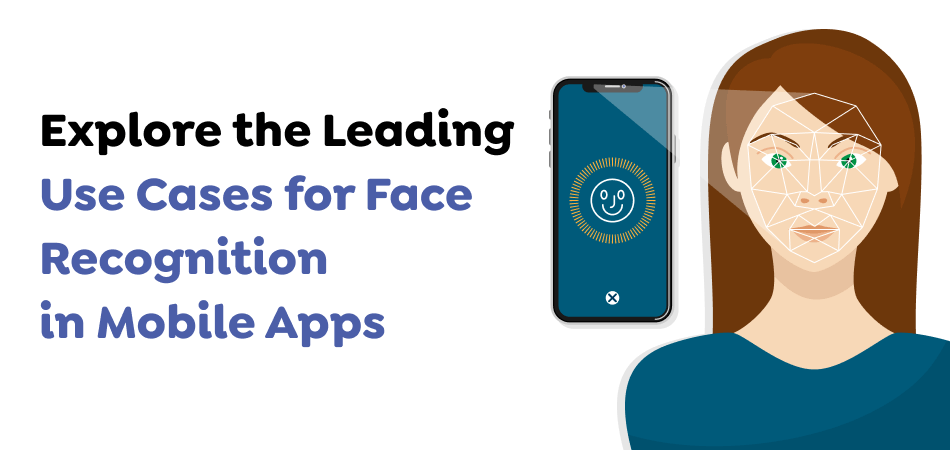
These are the best use cases of face recognition within mobile applications designed for companies across various sectors.
Authentication And Security
The facial recognition feature of mobile applications allows users to log in by simply showing their faces to the camera on their front. This offers convenience and higher security than conventional methods of logging into the app, such as passwords or PINs.
Attendance Tracking
Mobile apps with facial recognition functions record attendance at classes, events, or gatherings. This eliminates the need to manually track attendance and assures accurate attendance because adding a proxy attendance feature is impossible with facial recognition.
Identity Verification
Facial recognition technology in mobile apps is also used to confirm users’ identities to fulfill various functions. Examples include verifying age before providing access to content restricted to those over 18 and verifying identity when making an account on the mobile application.
Attendance Tracking
Face recognition features in mobile apps record class, event, or meeting attendance. This eliminates the need to track attendance manually and guarantees accurate attendance since adding a proxy attendance feature is impossible with face recognition.
Emotion Detection
Apps for mental health that have facial recognition capabilities analyze and detect users’ facial expressions and moods. This can help mental healthcare professionals understand their patients’ states of mind.
Augmented Reality
Incorporating face recognition in AR features in the mobile app allows users to apply effects, filters, or masks to their faces live, in video conversations, or during photo/video sharing.
Customer Service
Face recognition on mobile applications can also help improve customer service. Face recognition technology can identify customers and assist service representatives in providing personalized customer support and assistance.
Social Networking
Face recognition on social networking applications allows users to recognize and interact with their people via facial recognition. This allows for social interaction as well as networking in the application.
Conclusion
The facial recognition technology is increasing in popularity with each passing day. It makes life easier for people and is used in various fields. But, implementing the technology isn’t straightforward due to the issues that it brings. Speeding up the facial recognition software creation procedure with APIs, tools, platforms, Frameworks, SDKs, and frameworks is possible. Still, to train the AI-based system to function according to your requirements, experts with experience who have worked on similar projects will need to be trained.
There’s no doubt that facial recognition technology is gaining popularity and will continue to be around for a while. We hope this post has clarified and helped you understand how apps that recognize facial features are created. It is now your turn to make your company’s top facial recognition application and become one of the pioneers in this new technology. If you’re looking for an experienced mobile application development company, contact us to discuss your app concept requirements and features.
Ready to explore the power of facial recognition? Get in touch with us to start building your face recognition app today!
Get In touch
We are excited to here from you and let’s start something special Together. Call Us for any inquiry.
Write us
sales@techugo.caJust a call away
About you

